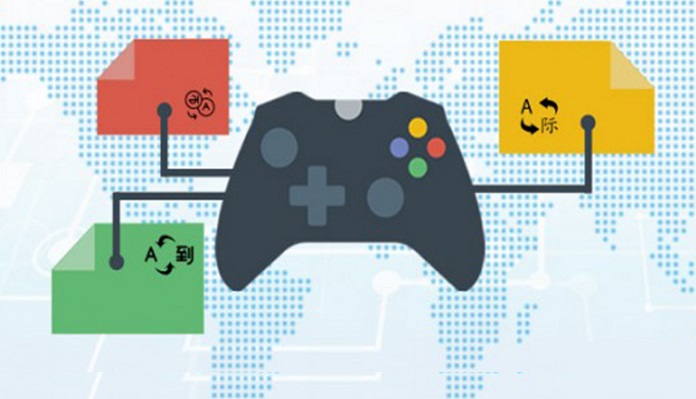Thanks in part to the social distancing norms of 2020, the video game industry has never been as successful as it is today. That’s why localization has become a major part of game development, especially for smartphone devices.
According to research, the 10 most popular languages for game translation account for over 80% of the video game market. These include German, French, Spanish, Italian, Japanese, Chinese, Russian, Korean, Portuguese, and Polish, in addition to English as the primary game development language. Let’s discuss how you should approach game development, whether for mobile, console, or PC, with the intent to localize it for international gamers in 2021.

Account for Game Localization During Development
Given how popular video games have become worldwide, you should plan to localize your game as soon as the development starts. The secret behind how to prepare your game for localization lies in early planning and accounting for different languages from day one. Once you start writing dialogue scripts, UI elements, item descriptions, etc., keep localization at the back of your mind. Use more simplified wording and writing style to make localization faster and more accurate later on.
Look for Native Translators in your Target Languages
Don’t fall into the trap of attempting to personally translate your video game’s script into various languages without explicit support from international translators. You can get in touch with professional and amateur translators in various ways during game development, including forums, Reddit, and Discord. You can get in touch with a translation company that will put a priority on your localization and ensures that your script is professionally translated. No matter which you choose, don’t use auto-translation tools such as Google Translate during game localization to avoid simple mistakes which gamers will easily spot.
Leave Room for Extended Text in your UI
Translating your game’s script, UI elements, and other text will result in the text expanding or shrinking, based on the language’s signs. English, Chinese, and Russian, for example, all have different alphabets and space requirements when it comes to integrating the text into the UI. To speed up the localization process, make all of your UI elements slightly bigger than they need to be during design and development. Additionally, don’t “bake” English into your UI to make the additional implementation of various languages look more professional.
Collaborate on the Localization Instead of Simply Outsourcing
Depending on your translators’ experience, they may not be familiar with video game terminologies, such as in the case of RPGs or survival games. Instead of outsourcing the translation and calling it a day, assist your translators throughout the process. Consult on how to translate niche wording or original in-world phrases as best as possible into other languages. This will ensure that no embarrassing or inappropriate localization happens without you knowing about it. Likewise, it will give you greater control over the game localization process as a whole.

Reuse as Many Localization Assets as Possible
When it comes to UI localization, it’s smart to reuse words and phrases as much as possible. This will shorten the time necessary for game translation and make the process much smoother. To do this, create a small vocabulary of frequently used terms, names, and phrases within the game’s script and try to reuse them organically. This will especially benefit your UI design, as accounting for different character sizes can be difficult before localization starts.
Leave Enough Time for Revisions and Changes Before Launch
Finally, there should always be room for revisions and editing before your video game goes live. Review the localized text you’ve received as best as you can, and consult the translators on their pain points and suggestions. Be especially mindful of any sensitive topics or trends you’ve covered in your game to avoid bad PR. Test your game’s UI in a beta phase to ensure that each language shows up as intended from the gamers’ perspective.
Reaching Gamers Worldwide through Localization (Conclusion)
Localization is one of the cheapest and most effective ways to earn positive points from gamers around the world. However, it’s also a serious project which you should handle with care instead of choosing DIY translation. Choose several languages to pursue during game localization and dedicate enough time to implement each one properly. Once your game goes live, gamers will have plenty of feedback on your localization and help improve the final product as much as possible.
Bio: Elizabeth Baldridge is a content creator and editor with a background in advertisement and business development. Her expertise lies in writing articles and case studies on trending topics within the digital marketing industry. Elizabeth is a keen learner and a passionate writer who spends her free time improving her writing skills.
